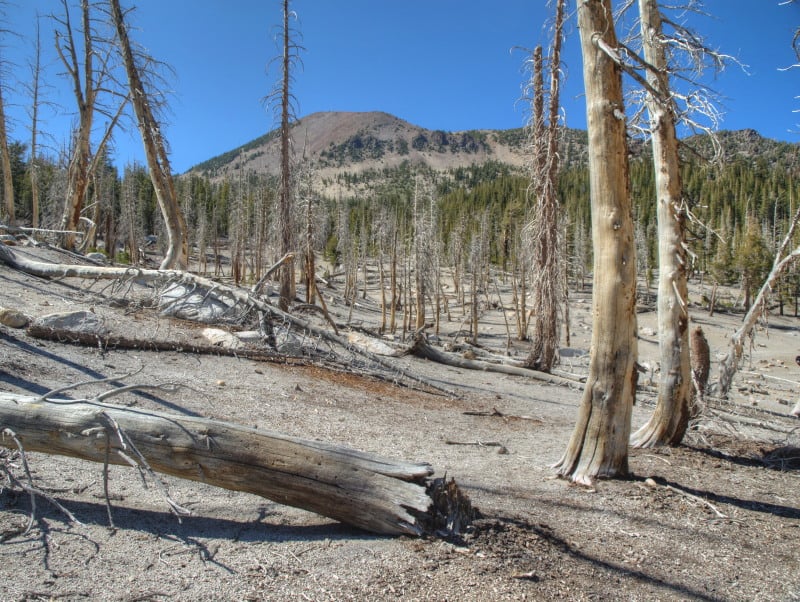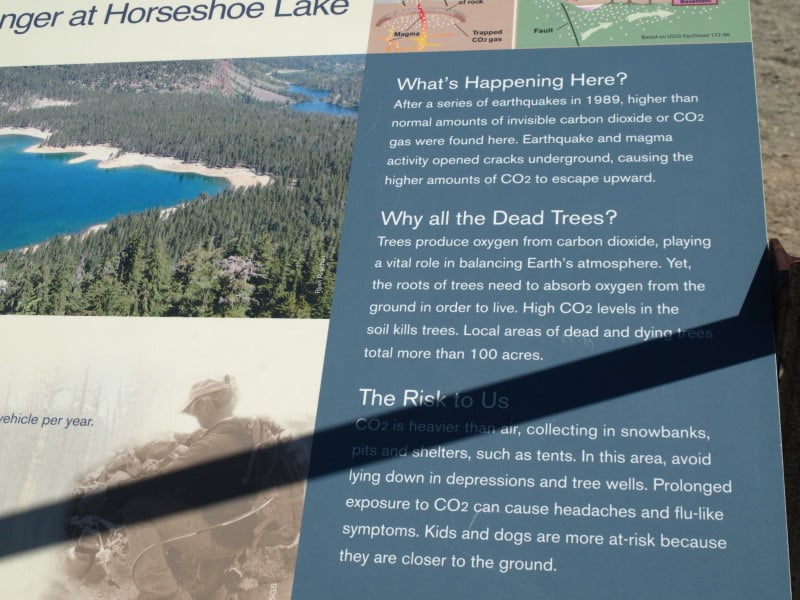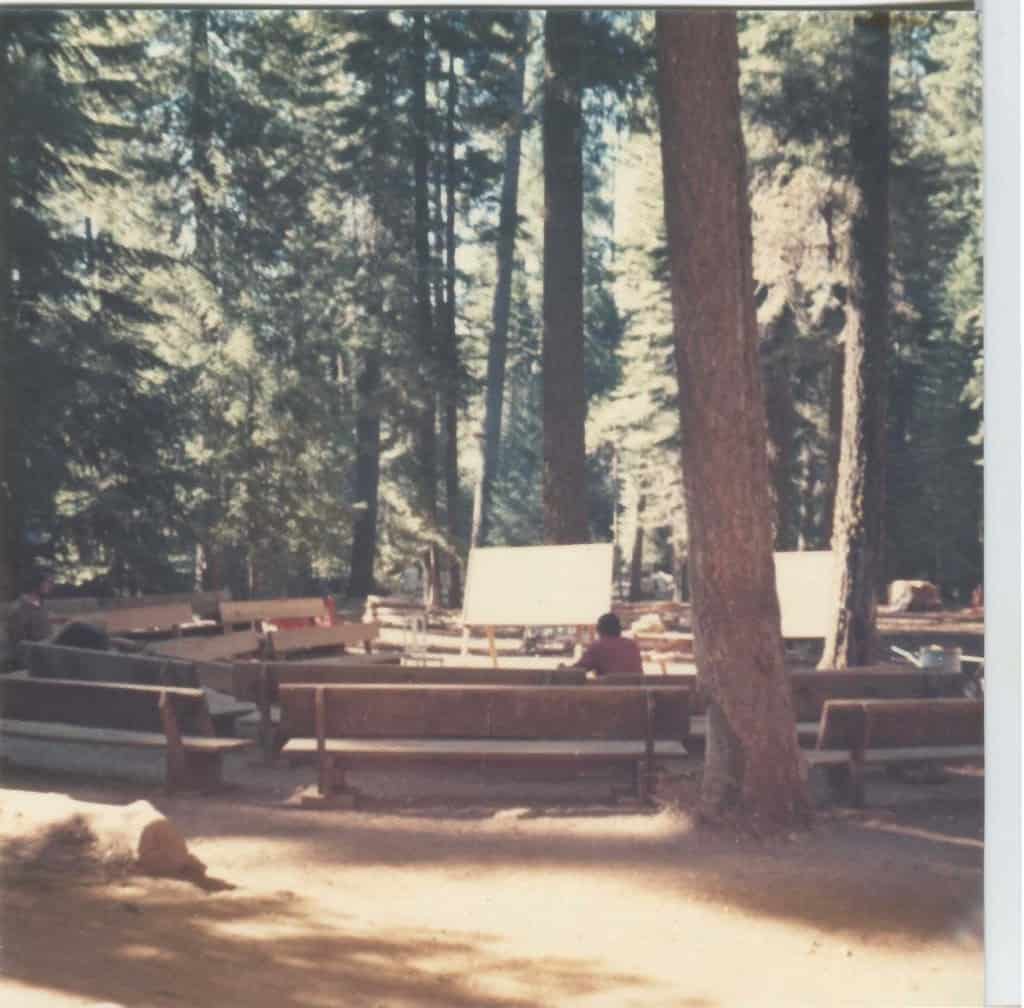Just came across this press release from FEMA. If I read this right, the FEMA funding can be used only for “expenses for field camps; equipment use, repair and replacement; mobilization and demobilization activities; and tools, materials and supplies” — not for paying for crews, aircraft, etc.
Looks like this could be a bad fire. Inciweb (one day ago) reported 6,500 acres. A news article today says 7,800 acres. Another source says 8,500. No word on homes destroyed — may be a bunch.
FEMA provides federal funds to help fight the Sockeye Fire
Release date: JUNE 16, 2015
Release Number: 15-003
SEATTLE – The Federal Emergency Management Agency (FEMA) has authorized the use of federal funds to help with firefighting costs for the Sockeye Fire, burning in Matanuska-Susitna Borough, Alaska.
FEMA Region X Regional Administrator, Kenneth D. Murphy determined that the Sockeye Fire threatened such destruction as would constitute a major disaster. Murphy approved the state’s request for federal Fire Management Assistance Grant (FMAG) on June 15, 2015 at 6:37 p.m. AKDT.
The fire started on June 14, 2015, and has burned approximately 6,500 acres of private and state land. At the time of the request, the fire had burned 25 homes and was threatening 893 primary homes in and around the town of Willow. Approximately 1700 people had evacuated the area. Sheltering operations have been ongoing and have had to relocate 3 times because of the dynamics of this fire. The Park Highway, local roads and bridges were closed and threatened.
Firefighting resources include a Type 1 Incident Management Team, 5 Hot Spot Crews, 10 Helicopters, 1 Air Tanker, 2 Engine Task Forces to support fire suppression activities. The Federal Principal Advisor confirmed the threat to homes. The fire is currently 0 percent contained. There are 24 other fires burning uncontrolled within the state.
The authorization makes FEMA funding available to pay 75 percent of the State of Alaska’s eligible firefighting costs under an approved grant for managing, mitigating and controlling designated fires. These grants provide reimbursement for firefighting and life-saving efforts. They do not provide assistance to individuals, homeowners or business owners and do not cover other infrastructure damage caused by the fire.
Fire Management Assistance Grants are provided through the President’s Disaster Relief Fund and made available by FEMA to assist in fighting fires that threaten to cause a major disaster. Eligible items can include expenses for field camps; equipment use, repair and replacement; mobilization and demobilization activities; and tools, materials and supplies.




